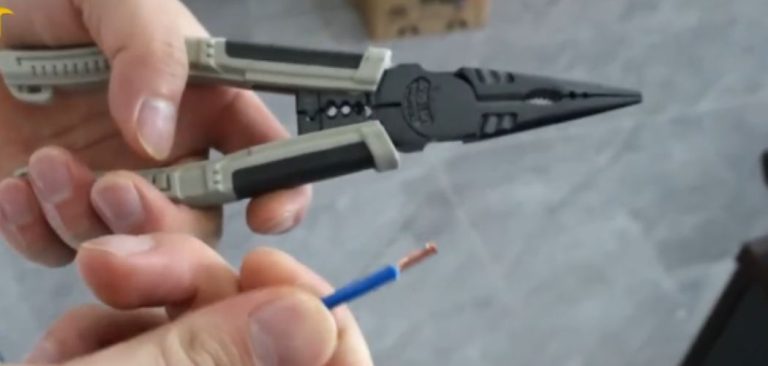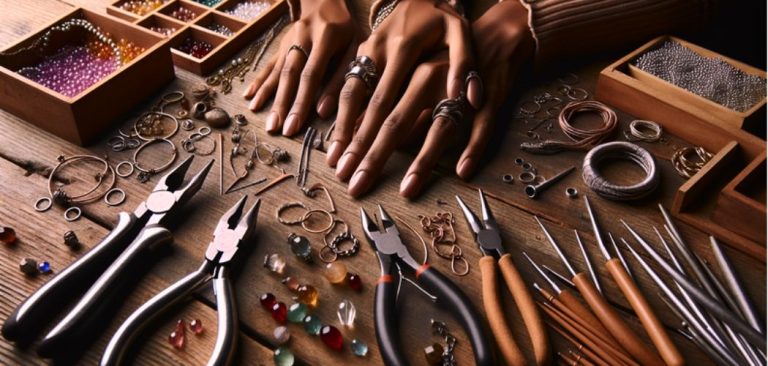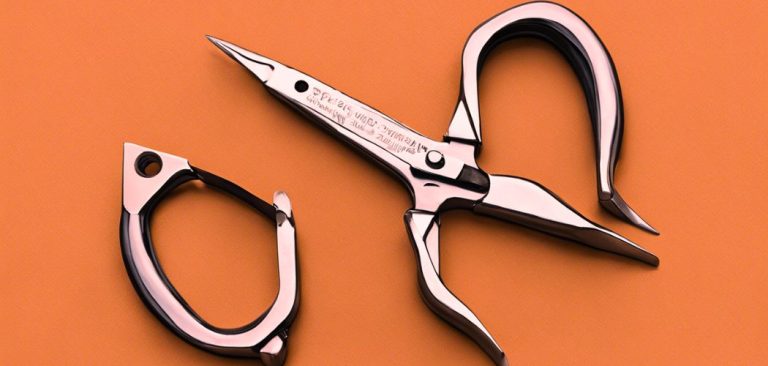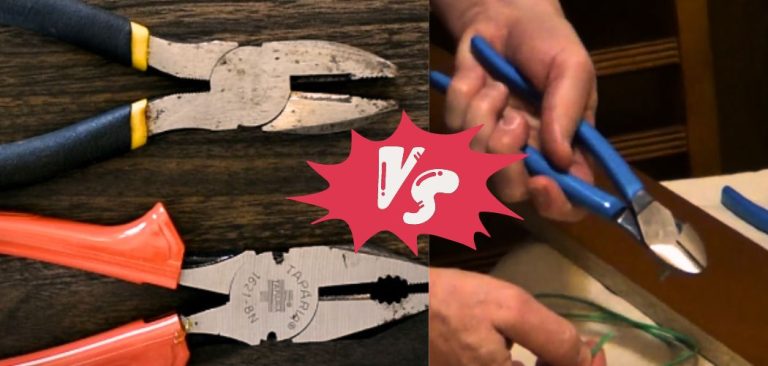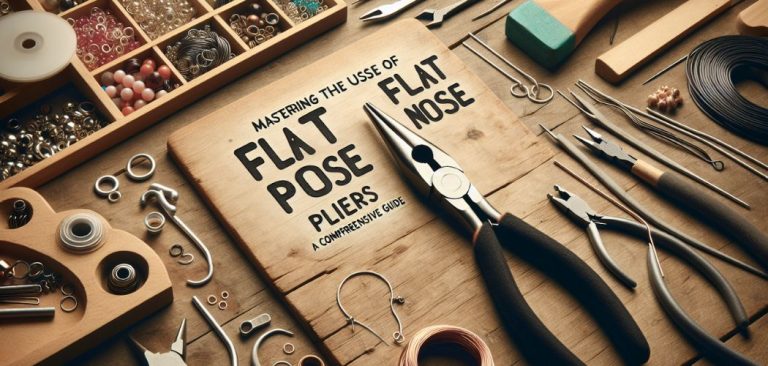Needle-Nose vs. Flat-Nose Pliers: Choosing the Right Tool for Your Toolbox
Pliers, those unassuming tools, wield remarkable power in the world of DIY projects and repairs. Among the pliers pantheon, two contenders stand out: the needle-nose vs the flat-nose pliers.
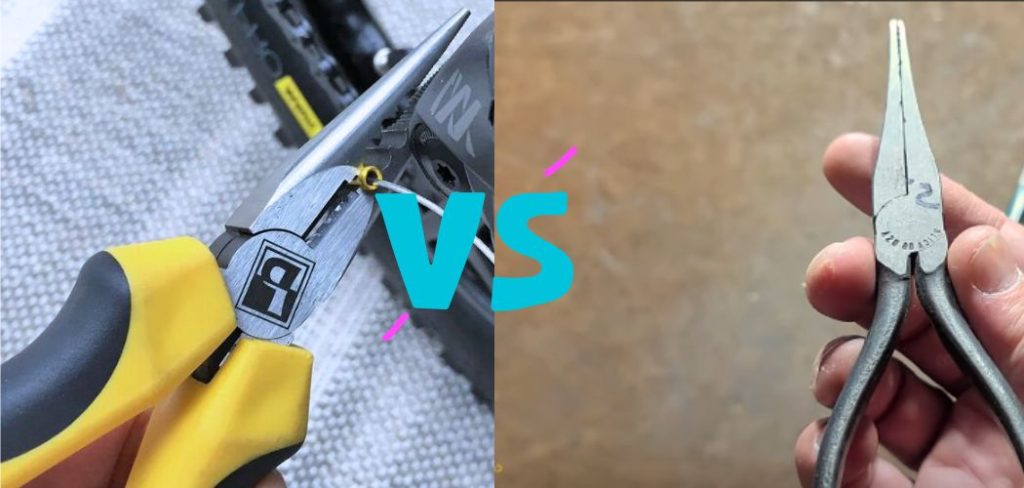
But which one should claim a prime spot in your toolbox? Fear not! In this guide, we’ll explore their strengths, weaknesses, and practical applications, helping you make an informed choice.
A Breakdown of Their Design
What is Needle-Nose Pliers?
Imagine a pair of elongated tweezers on steroids. That’s essentially the essence of needle-nose pliers. They boast long, slender jaws that taper to a fine point. This design grants them unmatched reach into confined spaces, making them perfect for grabbing tiny components or navigating electrical wires jammed behind a wall socket.
The jaws often feature serrated edges near the tip, ideal for gripping objects securely without slipping. Some needle-nose pliers come equipped with wire cutters built into the handle, adding to their versatility.
What is Flat-Nose Pliers?
These pliers resemble their needle-nose counterparts in overall shape, but with a key difference the jaws. Flat-nose pliers, as the name suggests, have flat, parallel jaws that meet along their entire length.
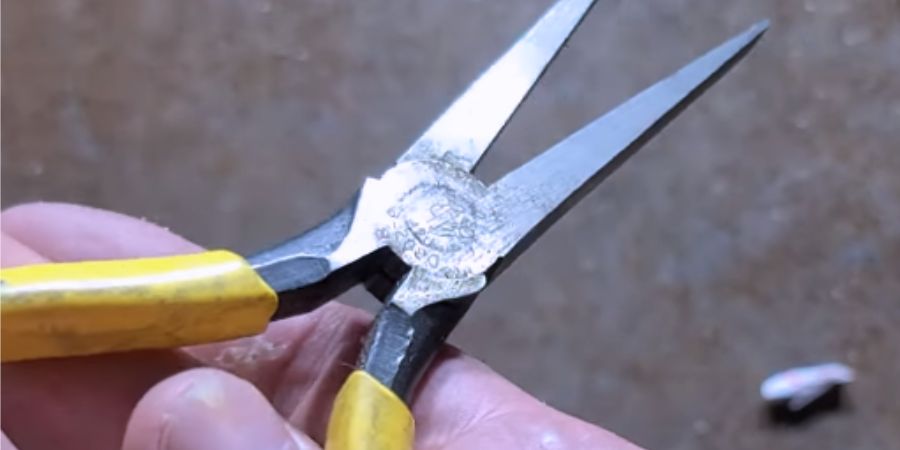
This flat surface offers a wider gripping area, perfect for holding onto flat objects or manipulating wires without damaging them. The lack of a pointed tip makes them ideal for bending or shaping wire precisely.
The Battleground: When to Deploy Each Pliers
Now that we’ve familiarized ourselves with the design of each pliers let’s see where they truly shine:
Needle-Nose Pliers – The King of Tight Spaces:
Electrical Work
Need to extract a rogue staple stuck deep inside a wire box? Or perhaps you need to manipulate delicate electrical components? Needle-nose pliers are your knight in shining armor. Their pointed jaws and slender profile allow them to reach into tight spots and grab onto tiny wires with precision.
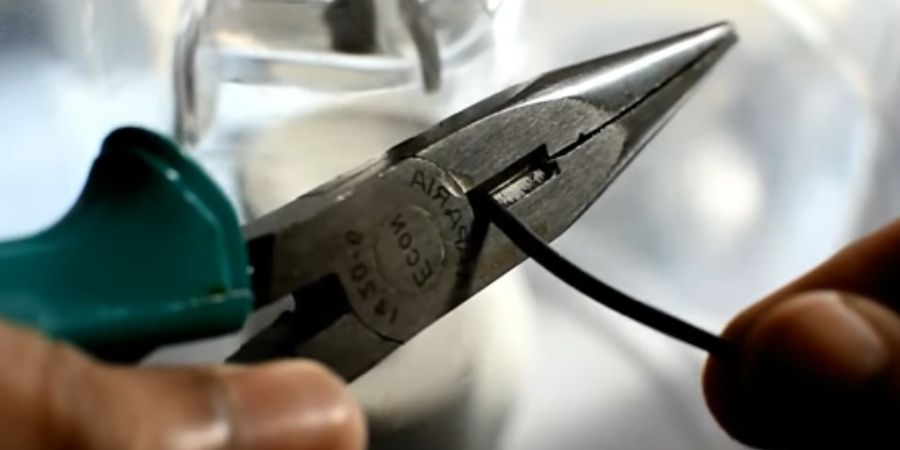
Jewelry Making & Crafts
Working with intricate jewelry pieces or delicate craft materials? Fear not! The fine grip of needle-nose pliers allows you to hold onto jump rings, small beads, or wires without damaging them.
Fishing
Hook removal becomes a breeze with needle-nose pliers. Their pointed jaws can easily maneuver between a fish’s mouth and the embedded hook, ensuring a safe and stress-free release.
Plumbing
Those pesky loose nuts or tiny washers hiding deep within your pipes? Needle-nose pliers can reach in, grab them firmly, and help you tighten or remove them with ease.
Flat-Nose Pliers – The Master of Grip and Shape:
Jewelry Making & Crafts
Flat-nose pliers are a staple in any jewelry maker’s or crafter’s toolbox. Their flat jaws offer a secure grip on wire, perfect for holding it in place while you bend, loop, or twist it into desired shapes.
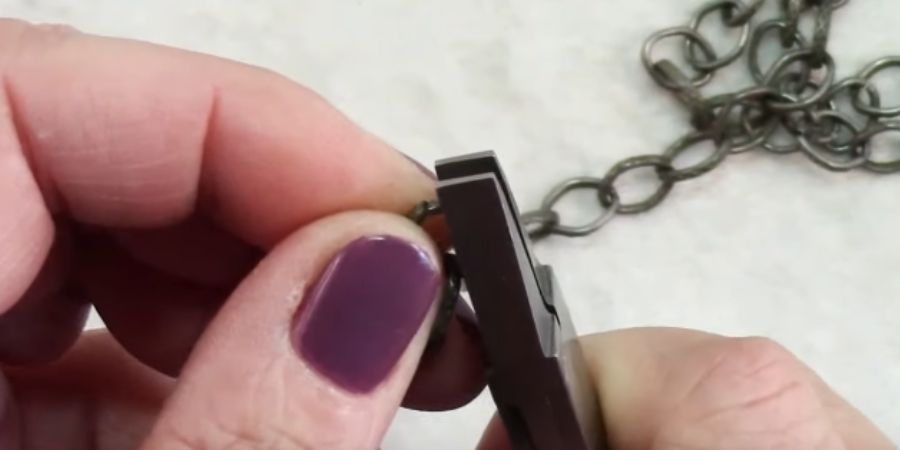
Electrical Work
Need to strip a wire or securely hold a connector in place while making an electrical connection? Flat-nose pliers provide the perfect amount of grip without damaging the delicate wires.
General Repairs
From bending sheet metal to holding nails in place while hammering, flat-nose pliers offer a versatile grip for various household repairs.
Wire Stripping
While some needle-nose pliers have built-in wire strippers, flat-nose pliers often have a designated stripping notch near the base of the jaws. This allows for precise stripping of wire insulation without damaging the copper core.
Pliers Hacks for Extra Versatility
Both needle-nose and flat-nose pliers offer surprising adaptability beyond their core functionalities. Here are some clever hacks to maximize their potential:
Needle-Nose Pliers
Wire Looping
Need to create a small loop at the end of a wire? Simply wrap the wire around the base of the needle-nose pliers jaws and use them as a guide to form a perfect loop.
Unknotting
Stuck with a stubborn knot? The pointed tip of needle-nose pliers can be used to carefully prod and loosen the knot’s hold, allowing you to unravel it with ease.
Opening Tight Lids
Struggling to open a jar with a stuck lid? The gripping power of needle-nose pliers can come in handy. Use them to grab the lid firmly and twist it open. (Remember, use caution not to damage the lid or jar.)
Needle-Nose vs. Flat-Nose Pliers Choosing Your Pliers Champion
While both needle-nose and flat-nose pliers are valuable additions to any toolbox, the ultimate champion depends on your specific needs. Here’s a quick breakdown to help you decide:
When you Choose Needle-Nose Pliers if
- You frequently work in confined spaces.
- You need to manipulate delicate wires or small components.
- Reaching into tight nooks and crannies is a regular requirement.
When you Choose Flat-Nose Pliers if
- You work with flat objects or need a wider gripping surface.
- Precise bending and shaping of wire is a common task.
- Stripping wire insulation is a frequent need.
- You value a versatile tool for general repairs and household projects.
Are You Need Must This Two Types Pliers?
The good news? You don’t have to choose just one! Ideally, having both needle-nose and flat-nose pliers in your toolbox equips you to tackle a broader range of projects. Their complementary functionalities make them a powerful duo.
Needle nose and flat nose without alternative pliers option for you?
The world of pliers extends beyond the battle of needle-nose versus flat-nose. Here are some additional pliers types worth considering:
Lineman’s Pliers
These heavy-duty pliers feature a robust build and serrated jaws, ideal for gripping thick wires, cutting cables, and crimping connectors – perfect for electrical work.
Slip-Joint Pliers
Offering adjustable jaws, slip-joint pliers can adapt to grip objects of various sizes. They’re a handy alternative to having multiple pliers for different-sized tasks.
Diagonal Cutters
While needle-nose pliers sometimes have integrated cutters, dedicated diagonal cutters offer a cleaner and more precise wire-cutting experience.
FAQs
Which Is More Durable: flat nose or Needle nose?
Flat-nose pliers tend to be sturdier due to their broader jaws.
Needle-nose pliers are more delicate and can deform under excessive torque.
Remember, both types of pliers have their unique strengths, so having both in your toolbox is often the best approach. Choose based on the specific task at hand!
What distinguishes needle-nose pliers from flat-nose pliers?
Needle-nose pliers, with their slender, pointed jaws, are akin to the precision scalpels of the tool world. They excel at delicate tasks, such as extracting a stubborn splinter or manipulating tiny components in electronics.
Flat-nose pliers, on the other hand, boast broader, flat jaws—like the dependable workhorses of the pliers family. They’re all about grip, bend, and shape, making them indispensable for various applications.
When should I reach for needle-nose pliers?
Needle-nose pliers are your go-to for intricate work. Think jewelry making, model building, or fixing those pesky eyeglass screws. Their fine tips allow you to access tight spaces and handle delicate materials with surgical precision.
When should I reach for needle-nose pliers?
Needle-nose pliers are your go-to for intricate work. Think jewelry making, model building, or fixing those pesky eyeglass screws. Their fine tips allow you to access tight spaces and handle delicate materials with surgical precision.
conclusion
In Conclusion Pliers – The Unsung Heroes of Your Toolbox ,Needle-nose and flat-nose pliers may seem like simple tools, but their versatility and functionality make them invaluable assets in any toolbox.
Understanding their strengths and weaknesses allows you to choose the right tool for the job, ensuring efficient and successful project completion. Remember, with a little creativity and these handy plier hacks, you can unlock even more potential from these unsung heroes of your DIY endeavors.
So, the next time you reach for a tool to tackle a project, remember the power of pliers! With the right choice in hand, you’ll be well on your way to conquering any DIY challenge.
Read also:

